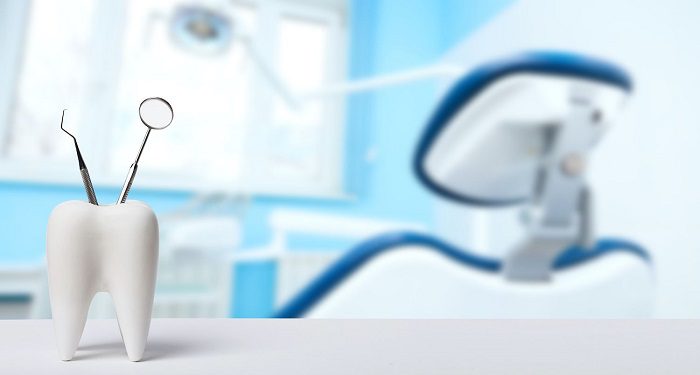Your dentist can pull or remove a tooth if necessary through a process called extraction. During this type of oral surgery, a dentist will cut into the gums and bone in the jaw to separate the tooth and remove it from your mouth. You will need time to heal these surgical sites and should be careful with your mouth for a few days.
Dentists reserve this solution for teeth that do not respond to other treatments or severely disrupt a patient’s oral function or health. But you might wonder what conditions are needed so that a dentist may recommend this treatment. Read on to find three common reasons a dentist might recommend extraction for your teeth.

Wisdom Teeth Removal
One of the most well-known circumstances of extracting teeth comes in the form of wisdom teeth removal. Wisdom teeth refer to the third, extra set of molars that many people grow after their adolescence. These teeth often create complications when growing, disturbing your other teeth.
The teeth also frequently become impacted when they try to grow. This means that they get stuck trying to burst through the gum tissue. This results in severe pain and a high risk of infection for the patient.
Some wisdom teeth can grow into place without issue. But many of them will cause trouble and will require extraction to remove them. A dentist can monitor their growth through x-ray imaging and intervene before they create too much damage.
Eliminate Overcrowding
One reason wisdom teeth can harm your smile is that there is not enough room in your jaw for them to grow properly. But overcrowding can occur without influence from your wisdom teeth too. You have trouble speaking or chewing if the teeth take up too much space in your mouth.
The teeth might also overlap with one another. This can make it harder to keep your smile clean and will therefore increase your risk of dental problems. A dentist can straighten your smile with Invisalign, but in cases of overcrowding, they might need to extract teeth to make room first.
Some patients might also have hyperdontia, a condition in which a patient grows extra teeth alongside their usual full set of teeth. These do not always interfere with your oral health, but if they do, a dentist might extract them.
Severe Damage to Dental Structure
Cavities happen to a majority of people, but your dentist can treat this early form of tooth decay with a dental filling. However, you need to resolve this issue promptly or the decay will worsen. It can spread from the outer dental layer, the enamel, to your inner pulp, which may lead to an infection.
If this occurs and the damage is severe, drilling away the decay and covering the surface of the tooth will not save the tooth. Your dentist may need to remove the tooth to stop the spread of infection. When you recover, you can speak to your dentist about tooth replacement possibilities.
